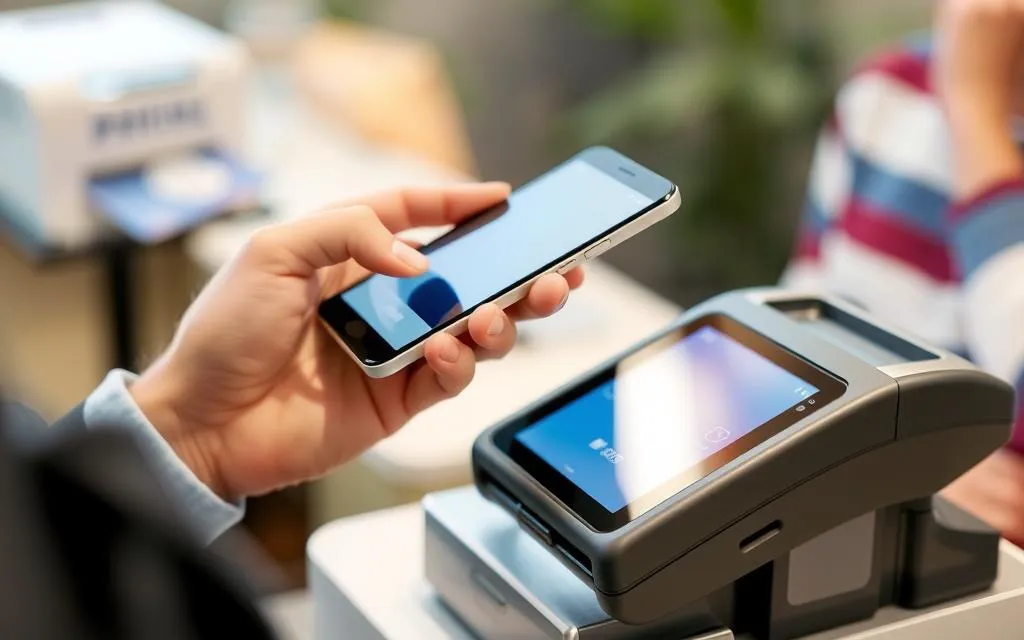Introduction
In the age of digitization, digital wallets are fundamentally altering the landscape of financial transactions and reshaping consumer habits. These mobile payment solutions herald a significant shift, directly affecting how consumers handle financial activities. This article explores the transformative impact of digital wallets, emphasizing their advantages, trends in mobile payments, and their adoption across various demographics.
Digital Wallets: The New Banking Disruptors
Digital wallets have emerged as formidable contenders to traditional banking institutions. Platforms such as Venmo, Square's Cash App, and PayPal have revolutionized convenience and efficiency, making consumers rethink their banking preferences. According to ARK Invest, digital wallets gained nearly 200 million users in the U.S. by 2023, capturing 75% of the adult population. This trend signifies a critical shift towards digital financial solutions over conventional bank branches.
Globally, the trend is similar. In China and Kenya, platforms like Alipay and M-Pesa have onboarded millions, enhancing financial inclusion. India's Unified Payments Interface (UPI) has revitalized the payment landscape with real-time, fee-free transactions, boosting digital wallet adoption at an unprecedented rate.
Transformative Effects of Digital Wallets
Digital wallets are influencing consumer behavior in several significant ways:
Efficiency and On-the-Go Convenience
Digital wallets offer unparalleled convenience, enabling swift transactions via smartphones using technologies like NFC and QR codes. This seamless process allows users to make payments with just a tap or scan. A Mastercard study highlighted that 76% of consumers find mobile wallets more convenient than traditional methods.
Enhancing Financial Inclusion
In developing countries, digital wallets are crucial for enhancing financial inclusion. They provide accessible, low-cost financial services that allow unbanked and underbanked populations to participate in the formal economy. According to the World Bank, these services could reach 1.4 billion unbanked individuals globally, spurring economic growth and reducing poverty.
Cost-Efficient Customer Acquisition
Digital wallets are cost-effective for customer acquisition compared to traditional banking institutions. While banks incur acquisition costs of $350 to $1500 per customer, digital wallets like Cash App and Venmo acquire customers at approximately $20 each. This cost efficiency, coupled with the network effects of digital platforms, accelerates their widespread adoption.
Why Digital Wallets Are Thriving
Digital wallets are popular due to their numerous benefits:
Robust Security and Fraud Prevention
Digital wallets use advanced security features like biometric authentication and encryption. For instance, Absa Bank employs biometric technologies to enhance security and streamline customer onboarding, ensuring safe transactions. Virtual Payment Addresses (VPA) and two-factor authentication add additional security layers.
Superior User Experience
These wallets offer a seamless experience with easy fund transfers, real-time notifications, and integrated financial management tools. Such features enhance user engagement and satisfaction, attracting tech-savvy millennials and Gen Z consumers.
Diverse Revenue Opportunities
For businesses, digital wallets open up diverse revenue streams through transaction fees, partnerships, and value-added services. Collaborations with merchants and third-party services further increase revenue potential, making digital wallets an attractive prospect for financial institutions and retailers.
Global Mobile Payment Trends
The rise in digital wallet adoption is driven by evolving mobile payment trends. The COVID-19 pandemic significantly accelerated the shift to contactless payments. In India, for instance, UPI transactions surpassed traditional card payments by April 2021.
The younger generation's affinity for technology also bodes well for digital wallet adoption. A PYMNTS study revealed that 51% of Gen Z believe digital wallets could eventually replace physical wallets entirely.
The Road Ahead for Digital Wallets
The future of digital wallets is shaped by technological advancements and regulatory frameworks. Innovations like offline digital payments, platform interoperability, and integration with cryptoassets are set to drive growth. Initiatives like NPCI International Payments Limited (NIPL) aim to globalize platforms like UPI, underscoring a bright future for digital wallets.
Final Thoughts
The impact of digital wallets on consumer behavior is profound, embodying convenience, financial inclusion, and cost efficiency. Their continued evolution promises a more inclusive, efficient, and secure payment ecosystem. Observe how the landscape shifts and consider the potential of incorporating digital wallets into your financial habits—what would this change for you? Explore further and share your thoughts with us.

